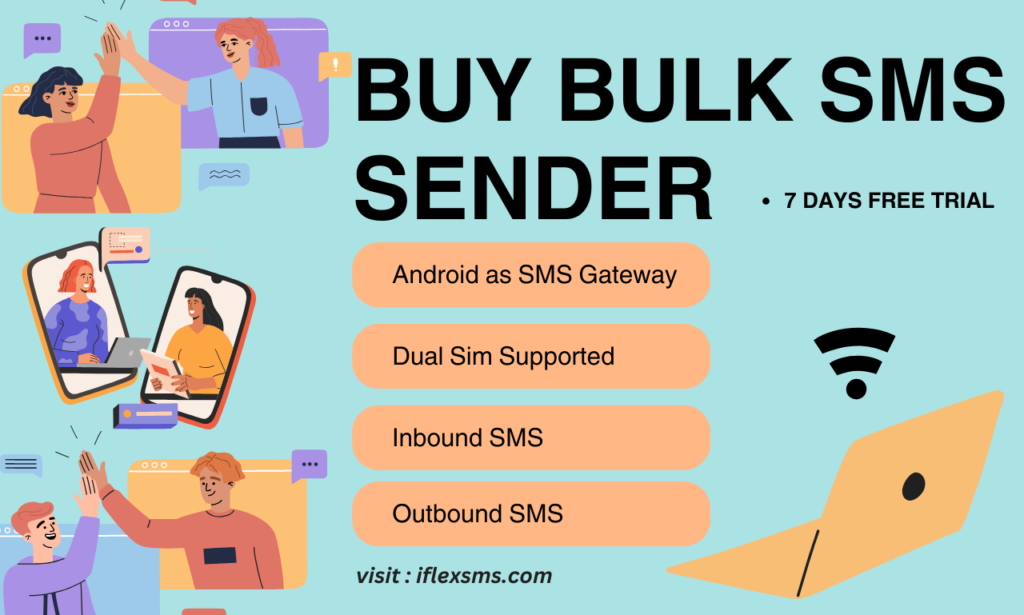Did you know that the most often searched businesses on consumers’ smartphones are restaurants, cafes, and bars? Thus, it should come as no surprise that SMS is among the best ways for hospitality companies to communicate with their clientele. With 97% of customers opening SMS messages, most of them within the first three minutes of receipt, its effectiveness as a business marketing tool truly cannot be emphasized!
So how can SMS help your restaurant?
- Status updates: Inform patrons on the ETAs for food delivery, table openings, and availability via SMS alerts or notifications.
- Loyalty programs: give clients exclusive deals as a thank you. Nine out of ten customers who sign up for an SMS loyalty program say they got something out of it!
- Reminders for reservations: acknowledge clients’ reservations and send them SMS alerts and reminders to help them feel valued. Additionally, it allows consumers to postpone or cancel (if they forgot), freeing up your table for another customer at no additional expense.
- Customer feedback: By using quick, straightforward, and simple SMS surveys, you may employ mobile technology to get insightful information about your customers’ experiences. Customer satisfaction is crucial, so utilize SMS to learn as much as you can about how to make it better.
- Coupons and promotions: take advantage of the success rate of SMS coupons, which have a 1000% greater buy rate than print coupons, per Restaurant Report.
- Organize staff rosters: Use a straightforward text message to organize staff rosters. SMS is especially useful for locating last-minute fill-ins, as 95% of messages are opened within three minutes of being received.
How much does SMS cost in comparison to more conventional approaches?
By this point, you’re undoubtedly asking yourself, “That sounds fantastic, but how much will it cost me to take advantage of SMS notifications?”
The answer is a lot less than you might think.
Two instances of how SMS compares to more conventional approaches to management and marketing are provided below to help clarify the situation.
Print vs. SMS Advertising:
One thing unites all print advertising, whether it’s full-page ads in your major newspaper or local flyer drops. Your bank account will be severely impacted. It could also make you question if your audience truly received your message. When it comes to connecting with recipients, SMS offers the ability to be far more targeted, increasing the likelihood that they will act on your message. You will also save time and money on design and copywriting because a text message doesn’t need any design.
Phone Call Confirmations vs. SMS Alerts:
Given the expense of leaving a seat empty during business hours, many cafés and restaurants find that it is essential to confirm customer reservations. Traditionally, management or hostesses may set aside a number of hours to call clients to confirm reservations before they arrive. When most clients don’t answer their phones and need “call-backs,” this approach might be labor-intensive and inefficient. Potential expenses include not only the time commitment but, probably more significantly, the cost of a missed reservation in the event that the customer forgets their reservation and does not answer their phone.
Sending an SMS alert or reminder just costs a few cents, and there is a 98% chance that it will be opened. The process can be readily automated to reduce labor expenses after SMS has been incorporated into the restaurant’s point of sale software.
According to the saying, if something seems too good to be true, it most likely is. But we believe we’ve discovered an exception in the area of management and SMS synergy!

